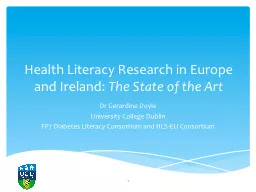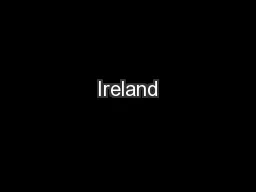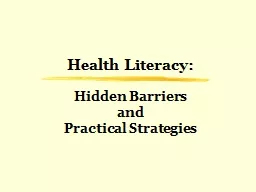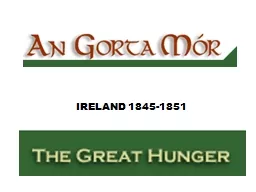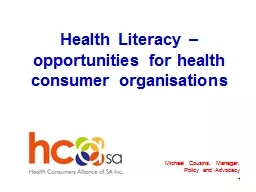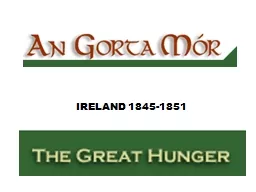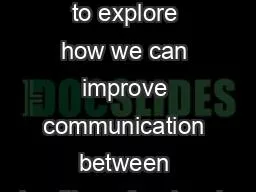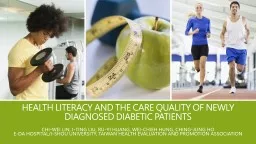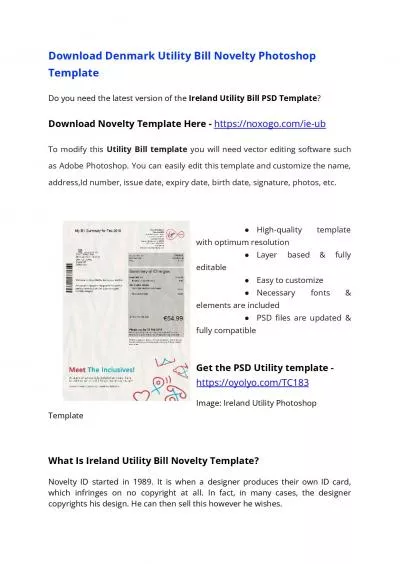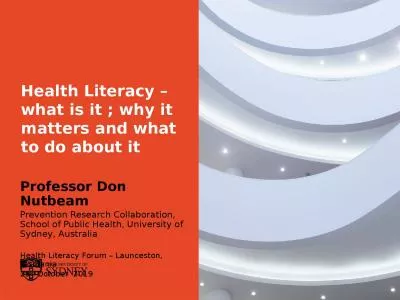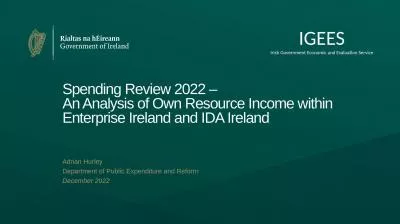PPT-Health Literacy Research in Europe and Ireland:
Author : tatyana-admore | Published Date : 2016-07-19
The State of the Art Dr Gerardine Doyle University College Dublin FP7 Diabetes Literacy Consortium and HLSEU Consortium 1 The State of the Art in Europe European
Presentation Embed Code
Download Presentation
Download Presentation The PPT/PDF document "Health Literacy Research in Europe and I..." is the property of its rightful owner. Permission is granted to download and print the materials on this website for personal, non-commercial use only, and to display it on your personal computer provided you do not modify the materials and that you retain all copyright notices contained in the materials. By downloading content from our website, you accept the terms of this agreement.
Health Literacy Research in Europe and Ireland:: Transcript
Download Rules Of Document
"Health Literacy Research in Europe and Ireland:"The content belongs to its owner. You may download and print it for personal use, without modification, and keep all copyright notices. By downloading, you agree to these terms.
Related Documents

